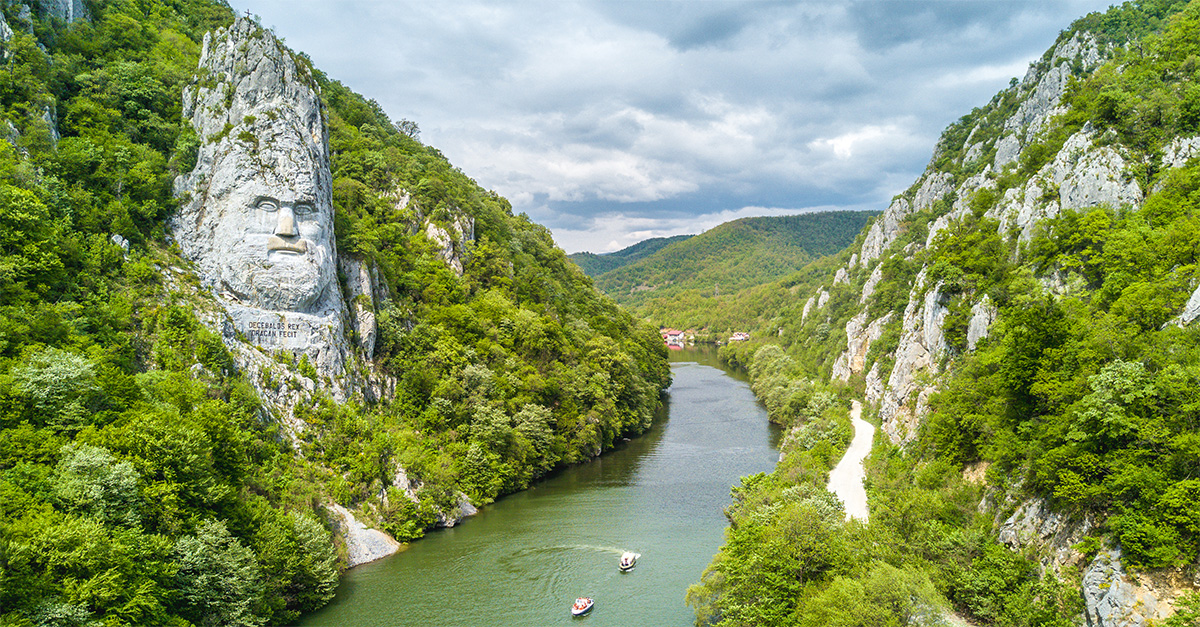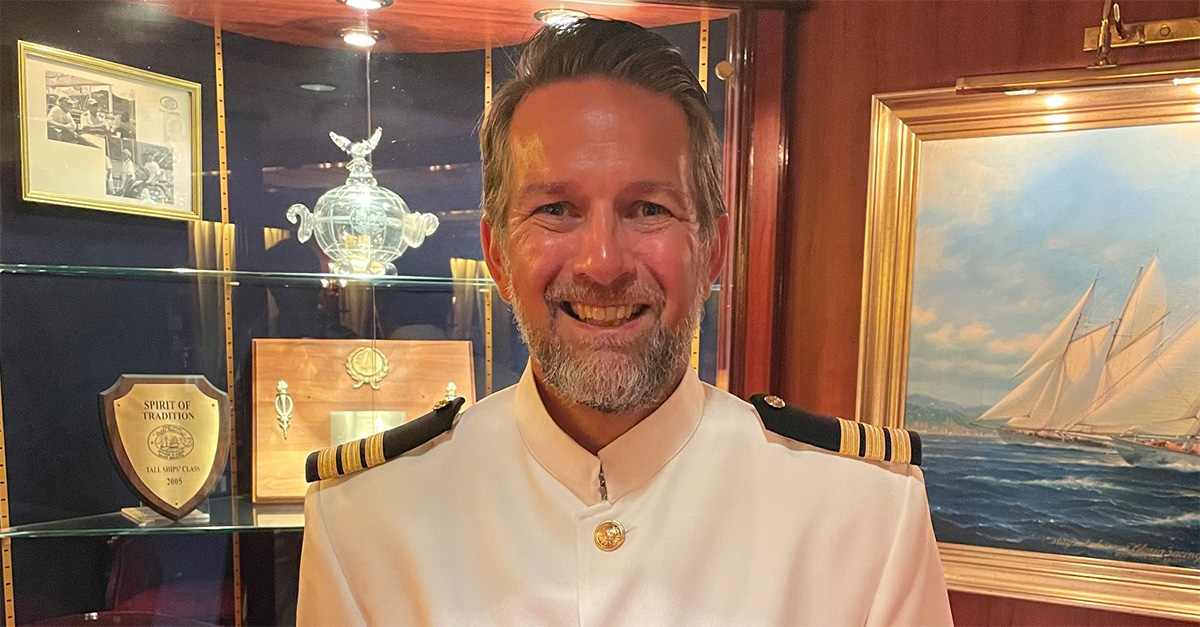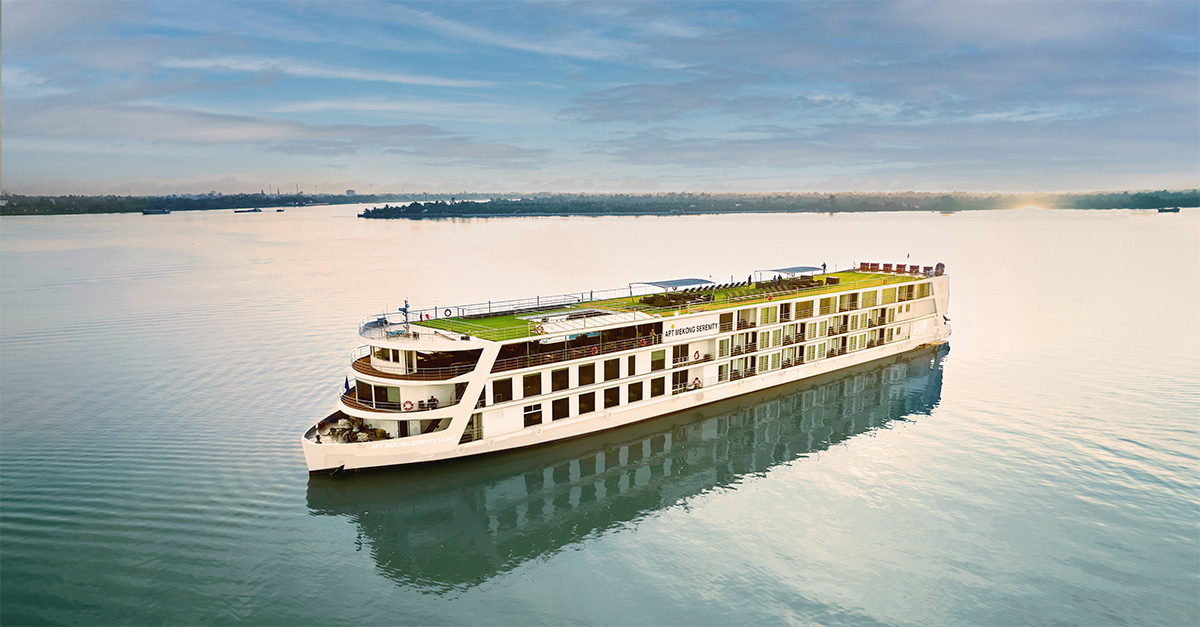The tiny nation of Eswatini, formerly Swaziland, punches above its weight for wildlife, culture and charm, finds Ella Buchan.
Click here to download and save as a PDF.
The bass was provided by rutting impalas, their mating call somewhere between a sneeze and a grunt. Tree frogs and cicadas laid down the backing track, hyenas harmonised with hysterical howls, while round-eyed greater bush babies pierced the air with eerily human shrieks.
I listened to the nocturnal orchestra from my open-sided stone cottage, tucked in a forest clearing and with just a net between me and the wildlife.
In most safari destinations, sleeping so close to nature comes at a hefty premium. But with prices starting at around £120 per night including dinner, sunrise safari and breakfast, Mkhaya Game Reserve offers a refreshingly affordable alternative. It’s just one of the factors that makes Eswatini – which recently changed its name from Swaziland – a bit different.
Animal kingdom
Tucked on the eastern edge of South Africa and bordering Mozambique, this tiny landlocked kingdom is home to the big five – lions, leopards, rhinos, elephants and Cape buffaloes.
“Eswatini is divided into three broad areas – the mountainous Highveld, Middleveld savannah and the Lowveld bushland.”
Thanks to investment in anti-poaching efforts, the country has been a big success story in rhino conservation. Three have been poached, in total, since 1992, compared with an average of two a day in Kruger National Park. This, combined with its small size and lack of crowds, makes it one of the best places to spot white and black rhinos in the wild.
Eswatini is divided into three broad areas – the mountainous Highveld, Middleveld savannah and the Lowveld bushland, home to most wildlife sanctuaries and national parks.
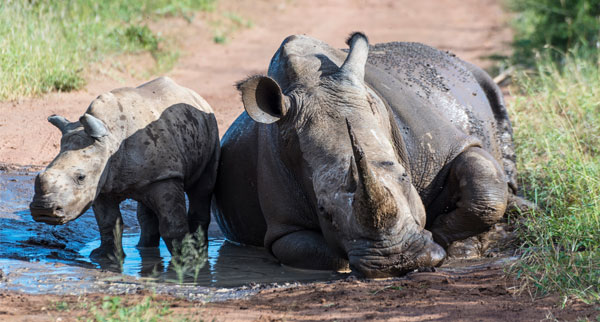
After drifting off to that forest soundtrack, I stirred to the gentle tinkling of a bell and a softly spoken “time to wake up”. Dressing in the dark for a sunrise safari is part of the experience at Mkhaya, which has no electricity.
The air was thick with birdsong as we drove into the bush, passing shrubby acacia trees backlit by a pink-gold sky.
“Dressing in the dark for a sunrise safari is part of the experience at Mkhaya, which has no electricity.”
Two white rhinos soon emerged from the bush and trotted ahead of our jeep. Then we spied a mother and baby, its stubby legs just visible through the long grass. A little further, we stopped by a tower of giraffes, their spindly necks poking above the trees. One stared beneath fluttery eyelashes, its mouth grinding from side to side as it chewed.
Culture curious
Beyond safari, suggest clients tour the factory at Ngwenya Glass and browse waxy, wildlife-shaped souvenirs at Swazi Candles.
In Lobamba, the National Museum and King Sobhuza II Memorial Park cast light on the country’s fascinating and, at times, controversial history and leadership.
Eswatini is an absolute monarchy, and people line the streets of the capital Mbabane for royal celebrations. Each autumn, unmarried girls perform a ‘reed dance’ in homage to the queen mother, and the king often selects a wife following the ceremony.
“Meaning ‘place of the Swazi people’, Eswatini was the country’s name before it was under a British protectorate, from 1902 to 1968.”
Several festivals, including All Out Africa and Bushfire, draw crowds to hear live music and watch leg-kicking ‘sibhaca’ dance routines.
At the country’s official ‘50/50’ celebrations this April – held on King Mswati III’s 50th birthday, and looking ahead to the 50th anniversary of independence in September – the monarch announced that Swaziland would be changing its name to The Kingdom of Eswatini. Meaning ‘place of the Swazi people’, Eswatini was the country’s name before it was under a British protectorate, from 1902 to 1968.
For travel information and more details on the transition, the official website, thekingdomofeswatini.com, is a useful resource.
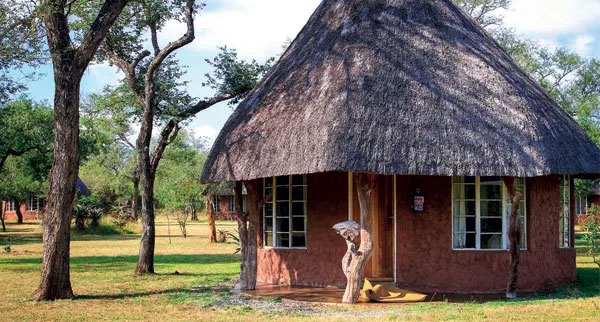
Unusual stays
Accommodation comes in all shapes and sizes. At Phophonyane Falls Ecolodge, guests can sleep in dome-shaped beehive huts perched above a forested valley and waterfall. Summerfield Botanical Gardens and Resort has luxury lodges surrounded by bright blooms.
Recommend a horseback safari at Mlilwane Wildlife Sanctuary, riding through grassy plains to see zebras, warthogs and antelopes.
“Elephants proved oddly elusive, until a pair veered in front of our jeep, providing a final highlight as the sky deepened to an inky navy blue.”
Hlane Royal National Park is another great-value option, with rustic accommodation in rondavels (circular huts with thatched roofs) from around £20 per night. I joined a sunset safari, spotting more white rhinos, giraffes and hippos. A playful pride of lions tumbled and tussled in the grass a few metres away. Elephants proved oddly elusive, until a pair veered in front of our jeep, providing a final highlight as the sky deepened to an inky navy blue.
After a buffet dinner on a terrace overlooking a waterhole, I headed back to my hut. Taupe eland antelopes grazed just outside the door. And, in the near distance, I could hear the first notes of that bush orchestra, tuning up for its nightly performance.
Sample product
South African Airways flies daily from Heathrow to Johannesburg on its new A330-300, from £781 return.
flysaa.com
Explore has an eight-day package in Eswatini from £1,585, including flights from London (£995 without) and departing April to October.
explore.co.uk
Operators including Cox & Kings and Tucan Travel also offer trips here.
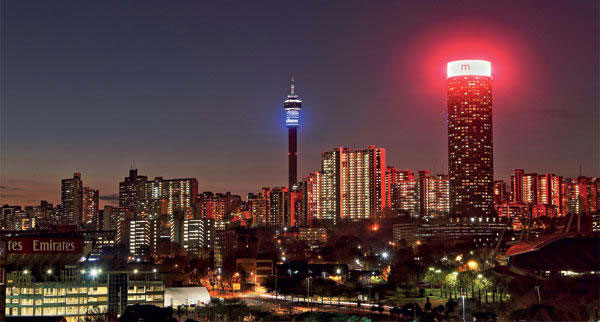
Where next?
Johannesburg: Most visitors fly to Joburg from the UK before driving the three and a half hours to Eswatini, so it’s an easy add-on. The cosmopolitan city is a cultural hub thanks to the Apartheid Museum, Cradle of Humankind – a World Heritage Site scattered with caves and primitive fossils – and Nelson Mandela Square.
Kruger National Park: South Africa’s vast safari park is less than an hour’s drive from the northern tip of Eswatini, making it a logical next stop for clients hungry for more safari. The park’s two million hectares are home to the big five, plus wild dogs and chunky-trunked baobab trees.
Mozambique: It’s a three-hour drive to the capital Maputo, a gateway to this enchanting country. Recommend Niassa Reserve, a vast wilderness with lions and elephants, or Quirimbas archipelago by dhow.
Read more
The best winter honeymoon destinations
Exploring Cape Town’s neighbourhoods
Safari tours for every budget

